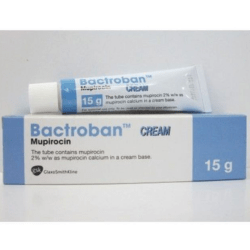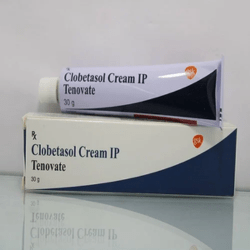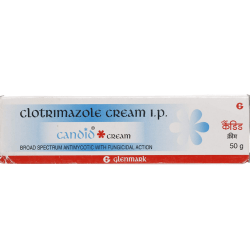Description
Uses of medication: Mupirocin Cream, a topical antibiotic which is effective against the superficial skin infections such as folliculitis or impetigo. It is also be used to get rid of methicillin-resistant S. aureus (MRSA)
Dosage: Mupirocin is for topical use only. Certain amount of this cream should be applied, with the help of a cotton swab or the gauze pad, to the affected area three times in a day for 10 days. Treated area can be covered with the gauze dressing if desired.
Treatment reactions: The most commonly reported side effects of mupirocin cream include:
- headache
- rash
- nausea
This cream can cause serious side effects, including:
- hives
- swelling of your lips face, mouth, or tongue
- trouble breathing
- dizziness
- eye irritation
- fast heartbeat
- pounding in your chest
- Type of diarrhea known as clostridium difficile-associated diarrhea (CDAD).
Warnings and Precautions
- BACTROBAN cream should be used only as instructed by a doctor.
- Avoid applying mupirocin cream concurrently with any other lotions, creams, or ointments.
- This cream is not recommended for the intranasal, ophthalmic, or other mucosal use.
- This cream should be avoided in those who carry known hypersensitivity to mupirocin or any of the excipients of the bactroban cream.
- Avoid contact with the eyes. In an event of accidental contact, rinse properly with water.
- Systemic allergic reactions such as anaphylaxis, angioedema, generalized rash and urticaria occured in patients treated with the BACTROBAN cream.
- As with the other antibacterial products, the prolonged use of mupirocin cream can cause overgrowth of the non-susceptible microorganisms, including fungi.
- In order to minimize the oral exposure of the drug to the children, a breast or nipple being treated with Bactroban Cream must be thoroughly washed before breastfeeding.
- Avoid using the Bactroban Cream in the nose.
- Interact with your doctor if your skin does not improve after 3-5 days of the treatment with Mupirocin cream.





